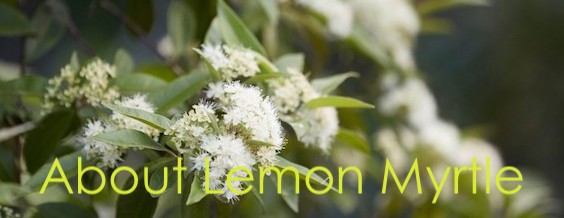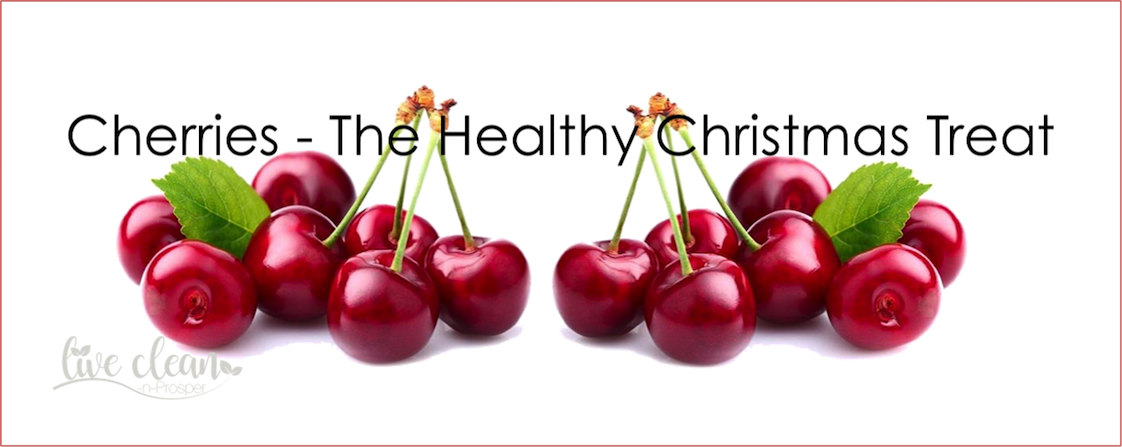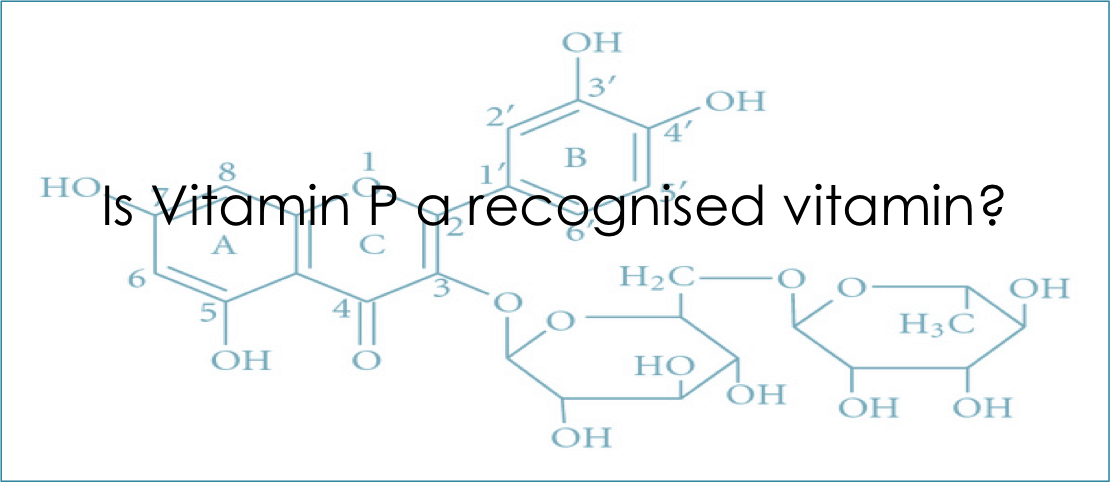Todays post is about the Lemon Myrtle tree.
In the last post I wrote about a plant in our garden, so I thought it was time to do some research into another of our garden plants. We have two lemon myrtle trees in our garden and I know very little about the health benefits of this plant. Here is what I have found.
What is a Lemon Myrtle?
The Lemon Myrtle is a plant native to subtropical rainforests of central and southeast Queensland, Australia. It is easily found from Mackay to Brisbane. Its botanical name is Backhousia citriodora, however it is also known by other common names such as, lemon scented myrtle, lemon scented ironwood, sweet verbena tree, sweet verbena myrtle and lemon scented backhousia.
It is an evergreen tree with creamy-white flowers. The flowers appear in clusters at the ends of the branches from summer through to autumn. It can grow up to 3m tall and up to 8m in rainforest conditions, but may be kept small in pots.
Lemon myrtle was given the botanical name Backhousia citriodora in 1853 after the English botanist, James Backhouse.
What can it be used for?
Lemon Myrtle is sometimes referred to as the “Queen of the Lemon Herbs”, and has long been used in Aboriginal cuisine and medicine.
The potential uses of this plant were recognised over a century ago by European settlers. Lemon myrtle essential oil was first distilled in 1888. Australia commenced commercial production of this plant in the mid-1990s.
It is the leaves that are commercially used. This is due to the leaves containing a compound called ‘citral’. Citral is the ingredient that gives lemon myrtle its distinctive lemon fragrance and taste. It is from the leaves that the essential oil is distilled with the oil containing up to 98% citral.
The leaves are also dried and milled for their flavour. This is then used in tea, herbs, spice and personal care products and also potentially as a food preservative. The oil is used in cleaning agents.
During World War II a national drinks company used the essence of lemon myrtle to flavour drinks when natural lemon essence was in short supply.
Medicinal or health uses
Studies have found that lemon myrtle functions well as an anti-microbial and anti-fungal product. It also has shown effective against food borne human pathogens, common food spoilage bacteria, yeasts and moulds.
As well as having potential in natural food preservation and as a natural surface cleaning agent, it is currently investigated in the biological control of post harvest diseases in fruits and vegetables.
The anti-inflammatory and anti-microbial properties make it great for helping to beat sinus and bronchitis infections. The anti-inflammatory properties help with the inflammation of the nasal cavity and bronchial tubes. The anti-microbial properties help clear the infection so the body can heal itself. Therefore these same properties make lemon myrtle tea great for treating a sore throat. The tea can also be used as a gargle after it cools.
The anti-microbial properties and lemon scent also make it a popular ingredient in air fresheners.
Lemon myrtle oil is useful both as a preventative and treatment for insect bites. The smell repels the bugs and the anti-microbial and anti-inflammatory properties help with treating bites and stings.
This last use I can definitely vouch for. We use an insect repellent with a main ingredient of lemon myrtle oil and it is very effective. It is much more pleasant smelling that many other brands and non-toxic as well.
I hope you found this information interesting,
Till the next post,
Live clean n Prosper.
Sources -( Wikipedia – AgriFutures Australia – Australian Native Food & Botanicals – Superfoods Australia )



